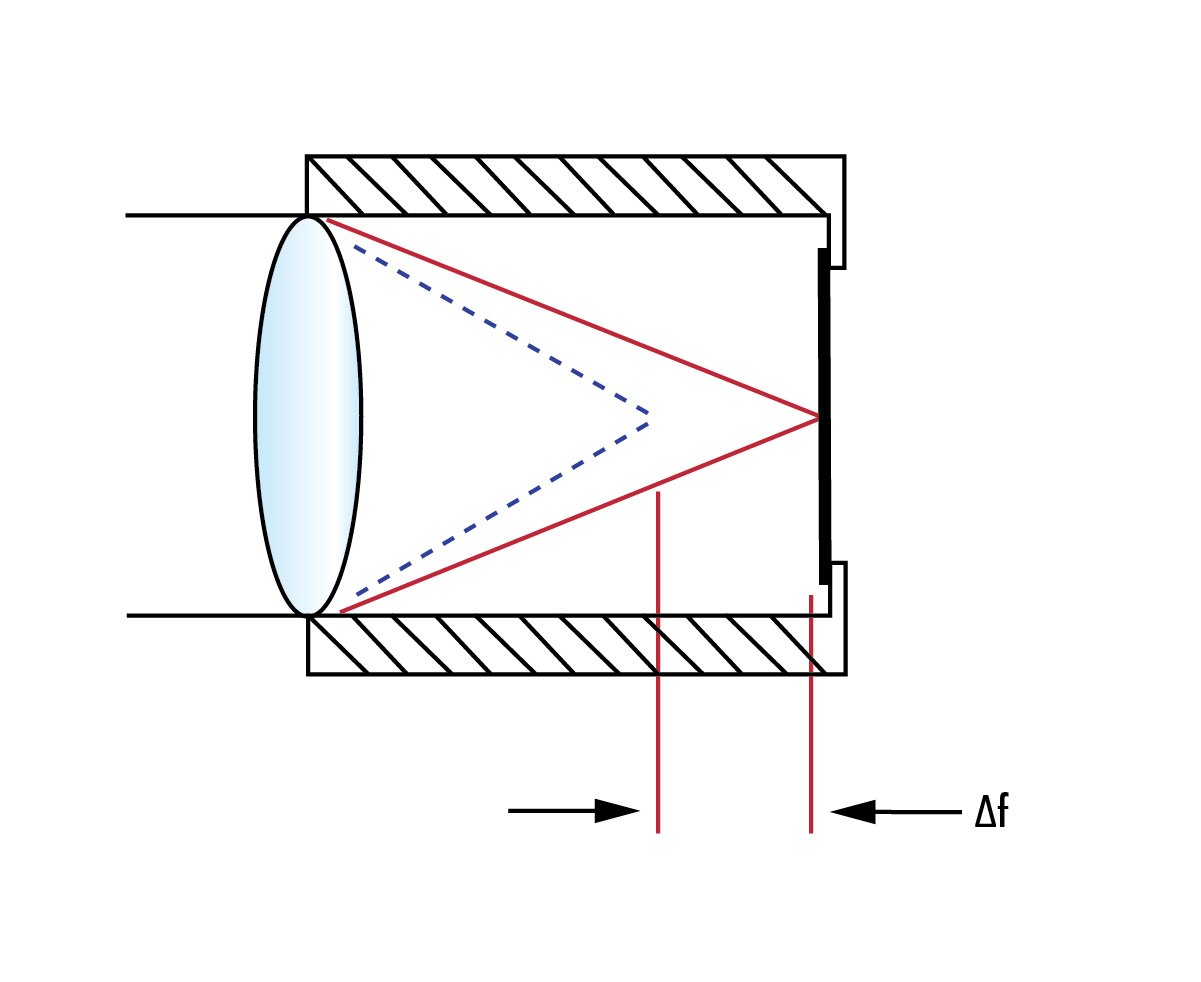Operating vs. Storage Temperature of Imaging Lenses
Autoren: Gianna Figueroa
When looking at Edmund Optics® Imaging Lenses, you may see two different temperature specifications: operating temperature and storage temperature. Utilizing lenses outside of their specified temperature environment can compromise the image quality and potentially damage your system. But what is the difference between these two specifications? To ensure you are properly using your lenses, please refer to the below descriptions for temperature rating.
Storage Temperature
Storage temperature provides the temperature range that the lens is capable of withstanding. This range also describes the environment in which the lens will perform best. All imaging lenses manufactured by Edmund Optics® will have a storage temperature specification.
Exceeding the upper and lower bounds of this temperature specification can degrade image quality and cause irreparable damage. When the glass elements within the lens exceed the upper limit of the temperature rating, the metal expands, causing stress from the metal retaining ring. On the other hand, exceeding the lower temperature bounds will cause the glass to become brittle and more susceptible to cracking. As temperature changes, the index of refraction of each lens element changes, as well as the size of elements, causing the lens assembly to need refocusing as temperatures fluctuate (Figure 1). It is important to consider the fluctuation speed in your imaging environment, as glass is not suitable for quick changes in temperature. If temperature changes too quickly, it can cause glass to crack and damage the optic. There is no rule of thumb for an acceptable rate of change since there are many different types of glass with their own characteristics and specs.

Figure 1: Illustration of how changing temperatures can lead to a shift in the focal length of a lens, requiring imaging lens assemblies to be refocused after undergoing temperature changes.
Ideally, an imaging environment that maintains a consistent temperature within the operating temperature range will be the best use case for optics that specify a storage temperature. For environments with extreme environments such as heating or cooling chambers where temperature fluctuation will occur more rapidly, athermal lenses should be used.
Operating Temperature
Operating temperature defines the upper and lower bounds of the temperature limits for athermalized lenses, or lenses designed specifically to maintain performance throughout temperature swings. Athermal lenses do not require refocusing when temperature fluctuates within their operating temperature bounds. Exceeding the temperature limit or rapid fluctuation with athermal lenses will, however, have similar defocusing effects as those experienced by regular, non-athermalized lenses discussed above. Not all lenses will have an operating temperature specification, only athermal lenses.
To learn more about athermal lenses and how they work, please review the below article:














weitere regionale Telefonnummern
ANGEBOTSTOOL
Geben Sie zum Starten die Produktnummer ein.
Copyright 2023 | Edmund Optics, Ltd Unit 1, Opus Avenue, Nether Poppleton, York, YO26 6BL, UK
Die Edmund Optics GmbH Deutschland fungiert als Handelsvermittler für die Edmund Optics Ltd. in Großbritannien.
Vertragspartner ist die Edmund Optics Ltd. in Großbritannien.